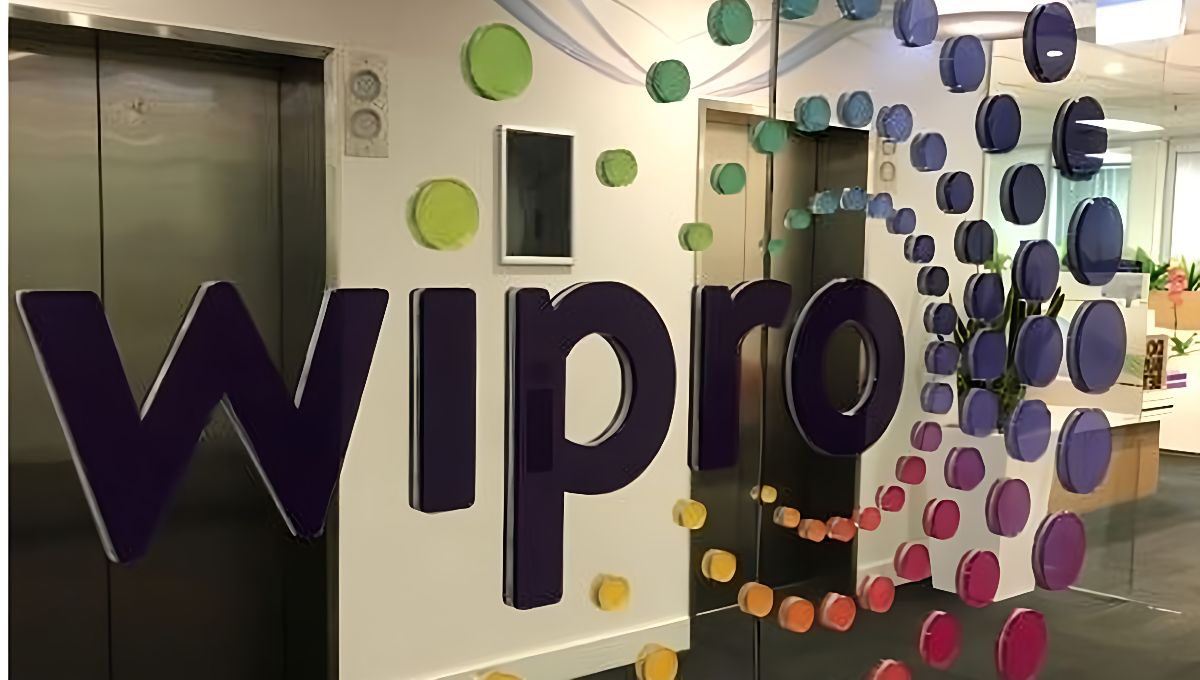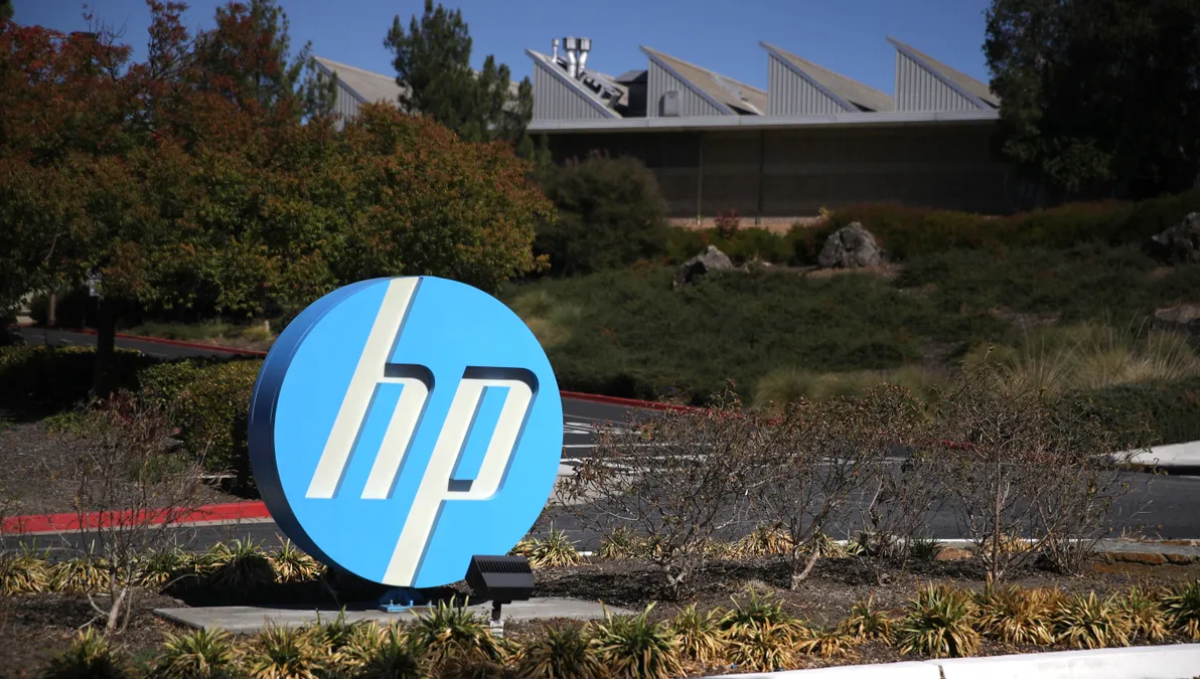Venture capitalists believe they’ve found a new edge in investing: bringing the high margins of software into labor-heavy service industries by using automation. The approach is straightforward — buy established professional services companies, automate large chunks of their operations, and use the boosted cash flow to acquire even more firms in the same space.
Leading this new wave is General Catalyst (GC), which has committed $1.5 billion of its latest fund to a strategy they call “creation.” Instead of just backing software companies, GC is building companies from the ground up in specific industries, then using them as platforms to acquire mature firms — and their customer bases — within the same verticals. So far, GC has focused on seven sectors, from legal to IT services, with plans to expand to as many as 20.
“The services industry brings in $16 trillion in revenue globally, while software only accounts for about $1 trillion,” said Marc Bhargava, who leads the effort at GC. He emphasized the appeal of software’s scalability — once built, it can generate revenue with very little additional cost.
Bhargava believes the same efficiency can be brought to services by automating 30% to 50% of business operations, and in some cases — like call centers — up to 70%. If you can do that, the economics start to look very appealing.
And it’s already showing results. GC-backed Titan MSP is one example. GC invested $74 million in two rounds to help Titan build automation tools for managed service providers (MSPs). Titan then bought RFA, a major player in IT services. According to Bhargava, early trials showed Titan could automate 38% of the standard tasks MSPs handle. The company now plans to keep acquiring other MSPs using the savings from automation — a classic roll-up strategy.
GC took a similar approach with Eudia, a company serving corporate legal departments. Instead of traditional hourly billing, Eudia offers fixed-fee legal services, enhanced by automation. The company already counts Chevron, Southwest Airlines, and Stripe as clients and recently expanded by acquiring Johnson Hanna, a legal services provider.
Bhargava said the firm’s goal is to at least double the profit margins (EBITDA) of the companies they buy.
GC isn’t alone in chasing this model. Mayfield, another venture firm, has allocated $100 million to invest in what it calls “teammates” powered by automation. One of its portfolio companies, Gruve, started by acquiring a $5 million cybersecurity consultancy. Within six months, Gruve grew it to $15 million in revenue while achieving an 80% gross margin, according to the founders.
“If automation can do 80% of the work, you can aim for gross margins in the 80%-90% range,” said Navin Chaddha, Mayfield’s managing director. “Blended margins of 60%-70% with net income of 20%-30% are very doable.”
Independent investor Elad Gil has been pursuing a similar strategy for years — backing businesses that buy mature companies and then transform them using automation. “If you own the company outright, you can implement changes faster than if you’re just a software vendor trying to sell a product,” he explained.
But this all isn’t without its challenges.
Recent research from Stanford’s Social Media Lab and BetterUp Labs shows some cracks forming. Their study of over 1,100 full-time employees found that 40% of workers are dealing with a phenomenon they call “workslop” — low-quality, automated work that looks polished on the surface but requires human effort to fix or make usable. On average, employees said they spend nearly two hours per instance trying to deal with these issues — decoding, redoing, or simply fixing flawed outputs.
This hidden burden isn’t cheap. Based on the time wasted and self-reported salaries, the researchers estimated that workslop costs about $186 per employee per month. For a company with 10,000 employees, that adds up to over $9 million a year in lost productivity.
Bhargava pushed back on the idea that automation is being overhyped. If anything, he says, these failed attempts highlight why GC’s strategy makes sense. “If it were easy to transform companies just by hiring a consultant and signing a contract with a tech provider, then what we’re doing wouldn’t be so unique,” he argued. “But it’s hard — and that’s the opportunity.”
He pointed out that implementing automation across a business isn’t plug-and-play. You need specialists who understand how different technologies work, how they complement one another, and how to package them into functional products. That’s why GC’s model relies on pairing deep industry experience with engineering talent from companies like Rippling, Ramp, and Figma — people who’ve actually built these systems before.
Still, there’s a lingering issue: If these acquired companies reduce headcount to improve margins — as the automation playbook suggests — who will be left to catch the inevitable mistakes? On the other hand, if they keep their full teams just to clean up the mess, the margin gains might never materialize.
These concerns could, in theory, slow down the roll-up strategies being used. But in reality, it’s going to take more than a couple of research papers to cool Silicon Valley’s enthusiasm.
And from a VC perspective, GC’s approach might actually be safer than traditional high-risk bets. Because they’re acquiring companies that already generate cash, many of their investments are profitable from the start — a big shift from the “growth at all costs” model that has defined venture investing in recent years.
“As long as this technology continues to improve,” said Bhargava, “we’ll keep finding more industries where we can build and scale these kinds of companies.”
Also Read:
Swiss Chip Startup Corintis Raises $24M Following Microsoft Deal
How South Korea Plans to Beat OpenAI, Google, and Other with Homegrown AI









